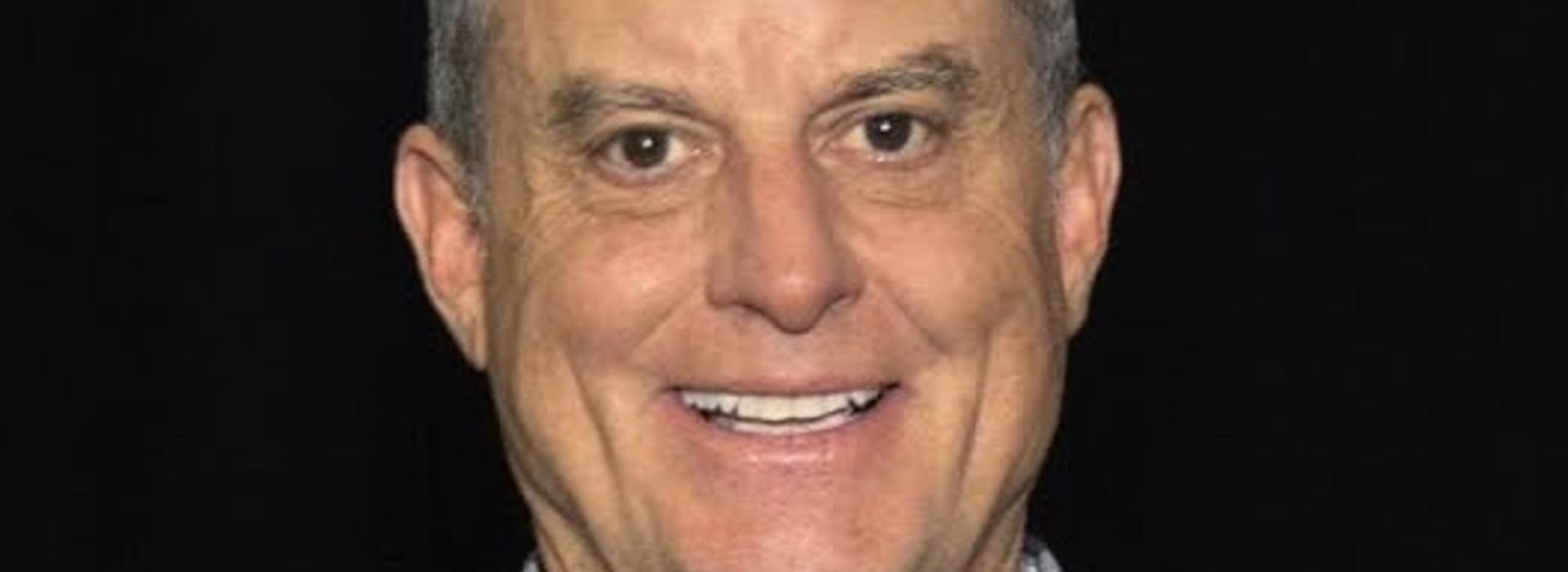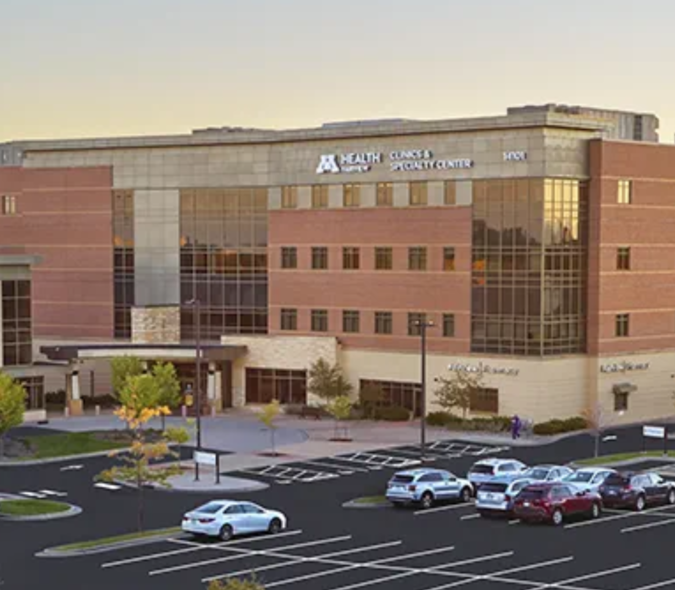
Orthopaedist, Inventor, and CEO Improves Care for Patients with Motion Loss
One of the most problematic complications that can occur from orthopaedic surgery is motion loss. Thankfully, physicians are problem solvers – whether it’s performing a complex surgery, researching new clinical methodologies, or reducing waste – they are focused on improving patient outcomes.
Thomas Branch, MD, University of Minnesota Department of Orthopaedic Surgery alumnus, has taken his desire to solve complex issues to the next level by inventing an exoskeleton system that helps patients with motion loss recovery, and a robotic knee testing system to help in the diagnosis of complex knee injuries. The relentless pursuit of these projects has resulted in over 40 patents and 30 peer reviewed publications.
Branch has always had an analytical and inventive mind. While he was a math major at Duke University, his family encouraged him to become a physician, while he wanted to be an engineer.
“When I went to medical school I was bored,” he admitted. “Medical school is all about memorization, and math is all about fundamental concepts and analysis.”
Thankfully, Branch encountered mentors who would help unite his passions. Robert Hunter, MD, former chief of sports medicine, Max Donath, PhD, and Roby Thompson Jr., MD, former department chair, offered Branch a spot in the University of Minnesota residency program, plus a year to do research in the Department of Mechanical Engineering.
“What my fellow residents didn’t know was that I left my orthopaedic residency program at Emory University for this opportunity which included a lab spot,” he shared. “Yet, it was the lab opportunity that has acted as a springboard towards impacting the lives of over 100,000 patients.”
While in the lab, Branch completed his master’s degree in mechanical engineering, and his master’s thesis won the AOSSM Young Investigator’s Award. After graduating from the U of M residency program in 1987, he completed a shoulder and knee fellowship at the University of Florida, which opened the door to gait analysis and anterior cruciate ligament (ACL) research.
In 1988, he was appointed as the chief of sports medicine at Emory Clinic, and director of orthopaedic biomechanics at the Veterans Affairs Medical Center in Atlanta, GA. In 1996, Branch pursued a private practice and established the University Clinic at Dekalb Medical Center and Northside Hospital.
After recently retiring from his successful orthopaedic practice, Branch has devoted most of his time to his role as CEO of ERMI, which stands for End Range of Motion Improvement. The medical service company partners with orthopaedic surgeons and physical therapists to accelerate motion recovery in patients who fail the normal postoperative course of therapy.
“We’re the number one nonoperative solution for motion loss, and we’re in the process of becoming the standard of care,” he said. “The current standard of care involves a motion loss surgery like a manipulation and/or arthroscopic scar resection with its concomitant 5-25 percent complication rate. We believe that a patient needs to be given an option to use a nonoperative treatment to regain motion with a zero percent complication rate in 20 years. The service is so effective that it is financially risk-free for the patient and payer.”
Motion loss typically occurs as a consequence of tearing tissue, and when you tear blood vessels, problematic growth factors may occur. Branch’s research found that in cases where an ACL, which is vascular, was torn, more cells began to differentiate down the fibroblast line as opposed to the white cell line, which are the clean-up cells.
“We studied synovial cells harvested during an ACL surgery, the biological response in this environment is the production of more scar tissue (fibroblasts),” he explained.
The solution allows patients to recover at home while receiving a force concentration urging motion recovery similar to the level that a physical therapist would provide.
“What we designed was an exoskeleton system, not a brace, that uses hydraulics to apply forces to the knee, shoulder, and elbow,” Branch explained. “Like silly putty, you can stretch scar tissue without tearing it, resulting in motion recovery without new scar tissue formation.”
Apart from his work with ERMI, Branch has also taken an interest in objectively evaluating knee injuries. According to Branch, knee examinations and their findings are largely dependent upon who trained the orthopaedist and their personal experience.
“When you tell the patient what you think is wrong with the knee, you’re basically telling them your personal physical exam findings, which are subjective,” Branch said. “In order to objectify that, we have come up with a robotic knee testing system that can tell you joint play in three dimensions within a half degree, or half a millimeter. This allows the surgeon to quantitatively know if the knee has the capability to sublux into a non-anatomical position, indicating potential instability.”
“The idea is to provide information to the surgeon so that he or she will be able to distinguish between patients that need surgery, and those patients best handled nonoperatively,” he added.
Branch says that his residency at the University of Minnesota, and the leadership of Dr. Thompson, greatly influenced his career.
“Dr. Thompson helped me recognize that having a noble purpose is in fact the essence of being an excellent surgeon,” he shared.
He fondly recalls the other faculty members that helped him throughout his residency.
“I have a huge admiration for the faculty members that supported me throughout my education,” he said. “Specifically, Drs. Elizabeth Arendt, Robert Hunter, David Fischer, Thomas Comfort, and Fred Behrens made an impact on my career because of their innovative minds, thirst for knowledge, and excellence in patient care.”
“I’d just like to thank the community at the University of Minnesota, the residents, and staff for being a part of my success,” Branch said.



